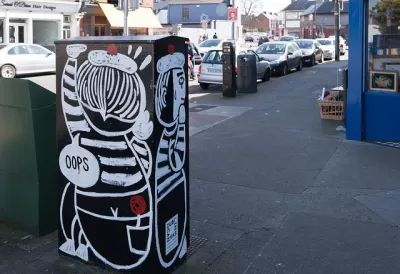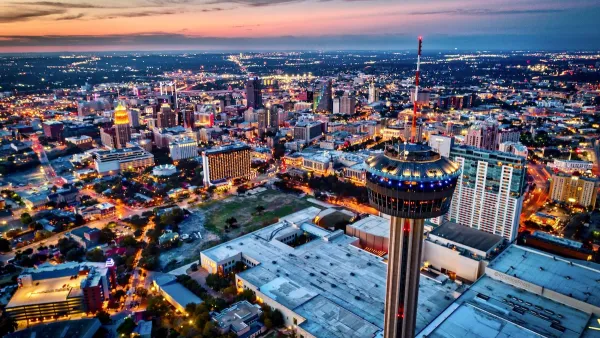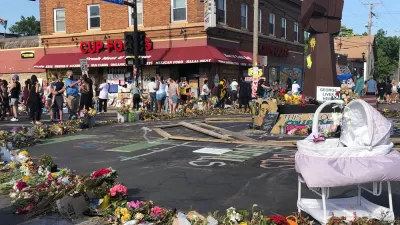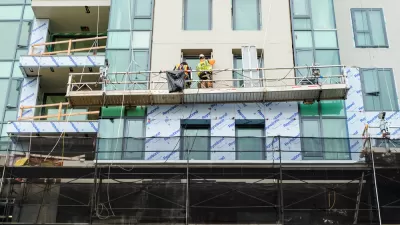There will be important functions in public space that are not always “art” whose value is not in proportion to their prettiness.

Rainey Knudson wants people to stop putting art on utility boxes. “In Houston, the underlying idea for our local box-painting effort is that it ‘converts blight into art by painting the blank canvases around the city,'” she wrote on Glasstire last week. "What’s not to love? Well for starters, when have you ever looked at a blank electrical box on the street and thought, ‘Gee, I wish someone with moderate artistic skills would paint a toucan on that?'"
Knudson’s critiques are a bit deeper than just complaining about the quality of the art work. First, she argues that we should let urban infrastructure blend into the background. ("Consider how, undecorated, these things disappear into the urban landscape. They aren’t 'blight'—certainly not in the way that litter or abandoned buildings are. Electrical boxes are something you probably never noticed, until your local municipality started decorating them.")
But the far more compelling argument is that it’s a way of spending public art money that is extremely limiting for artists. ("I think this bizarre trend has less to do with beautification than it does with cities wanting to take control of street art, to make it sanctioned, palatable, institutional, and toothless.")
Instead, Knudson proposes extremely open-ended public art proposals to be judged entirely on merit. I'd be interested to hear local officials' take on Knudson’s proposal.
However, it was a seemingly small comment Matthew Sekeletron—an artist from Troy, New York—made when he shared the article that has really stuck with me. Utility boxes are a common place to post flyers, and the poster suspected this was in part a sneaky way to combat that.Censhorthip.
FULL STORY: Could Public Art on Utility Boxes Displace Communication?

Planetizen Federal Action Tracker
A weekly monitor of how Trump’s orders and actions are impacting planners and planning in America.

Chicago’s Ghost Rails
Just beneath the surface of the modern city lie the remnants of its expansive early 20th-century streetcar system.

San Antonio and Austin are Fusing Into one Massive Megaregion
The region spanning the two central Texas cities is growing fast, posing challenges for local infrastructure and water supplies.

Since Zion's Shuttles Went Electric “The Smog is Gone”
Visitors to Zion National Park can enjoy the canyon via the nation’s first fully electric park shuttle system.

Trump Distributing DOT Safety Funds at 1/10 Rate of Biden
Funds for Safe Streets and other transportation safety and equity programs are being held up by administrative reviews and conflicts with the Trump administration’s priorities.

German Cities Subsidize Taxis for Women Amid Wave of Violence
Free or low-cost taxi rides can help women navigate cities more safely, but critics say the programs don't address the root causes of violence against women.
Urban Design for Planners 1: Software Tools
This six-course series explores essential urban design concepts using open source software and equips planners with the tools they need to participate fully in the urban design process.
Planning for Universal Design
Learn the tools for implementing Universal Design in planning regulations.
planning NEXT
Appalachian Highlands Housing Partners
Mpact (founded as Rail~Volution)
City of Camden Redevelopment Agency
City of Astoria
City of Portland
City of Laramie





























